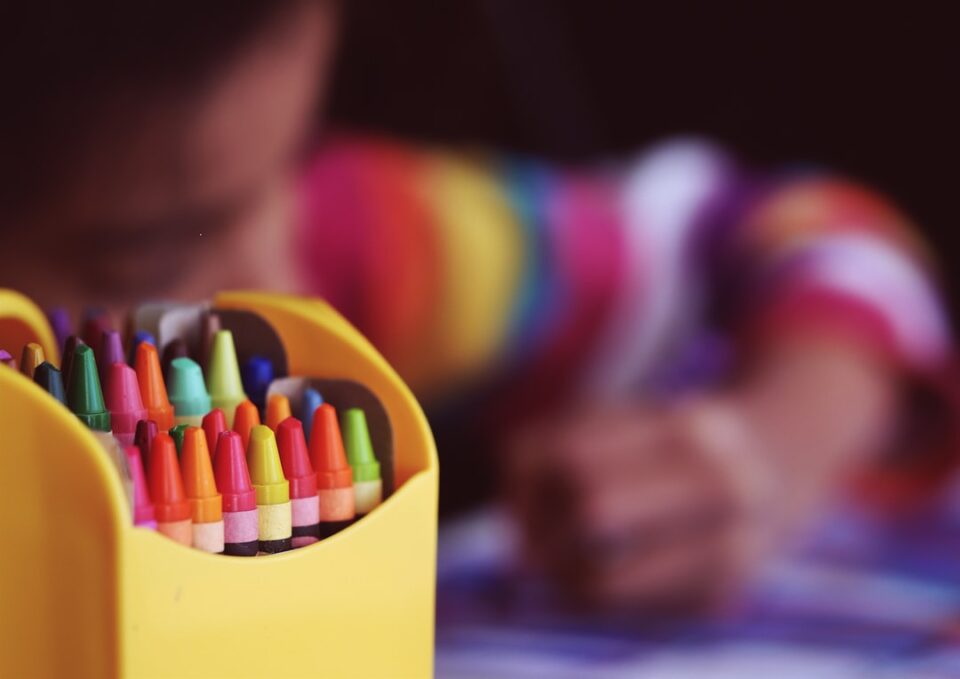Engaging students in the classroom is an essential aspect of effective teaching. When students are engaged, they are more motivated to learn, participate actively in discussions, and are more likely to retain the information being taught. However, in today’s fast-paced world, with technology constantly competing for students’ attention, engaging students in the classroom can be a challenging task.
Fortunately, there are several strategies that teachers can implement to effectively engage their students and create a stimulating and interactive learning environment. In this blog post, we will discuss some of the most effective strategies for engaging students in the classroom.
One of the most important strategies for engaging students in the classroom is to make lessons relevant and relatable to their lives. When students can see the real-world applications of what they are learning, they are more likely to be interested and engaged in the material. Teachers can achieve this by using examples and case studies that are relevant to their students’ interests and experiences. Additionally, teachers can incorporate current events and trends into their lessons to make them more engaging and relevant.
Another effective strategy for engaging students in the classroom is to make learning interactive and hands-on. Instead of simply lecturing at students, teachers should provide opportunities for students to actively participate in the learning process. This can be done through group activities, discussions, debates, and hands-on projects. By actively involving students in the learning process, teachers can increase student engagement and motivation.
Furthermore, teachers can use technology to engage students in the classroom. Technology can be a powerful tool for enhancing student engagement, as it allows for interactive and multimedia-based lessons. For example, teachers can use educational apps, videos, and online simulations to make lessons more engaging and interactive. Additionally, teachers can use tools such as polling software to collect real-time feedback from students and promote active participation in discussions.
In addition to making lessons relevant, interactive, and technology-based, teachers can also promote a positive and inclusive classroom environment to engage students. By creating a safe and supportive classroom climate, teachers can encourage students to participate actively in discussions, ask questions, and voice their opinions. Teachers can achieve this by fostering a sense of community and respect among students, providing opportunities for collaboration and teamwork, and showing a genuine interest in their students’ well-being and success.
Finally, teachers can use a variety of teaching methods to engage students in the classroom. Different students have different learning styles and preferences, so it is important to vary teaching methods to cater to the diverse needs of students. For example, teachers can use a combination of lectures, group work, discussions, hands-on activities, and multimedia presentations to keep students engaged and interested in the material.
In conclusion, engaging students in the classroom is essential for effective teaching and learning. By making lessons relevant and relatable, promoting interactive and hands-on learning, using technology, creating a positive classroom environment, and using a variety of teaching methods, teachers can effectively engage their students and create a stimulating and interactive learning environment. By implementing these strategies, teachers can increase student engagement, motivation, and ultimately, student success.


